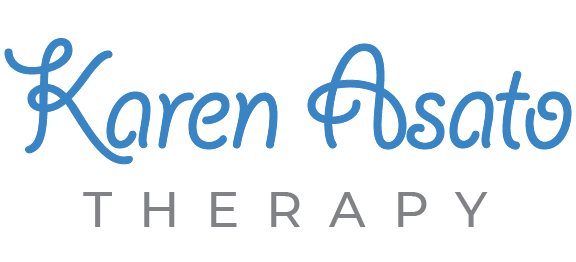Bowen Theory & Acupuncture
Many have a hard time defining exactly what Bowen theory is. My husband Steve just came back from an acupuncture appointment asking if Bowen Theory is related to acupuncture ~ in his words, “Is Bowen Therapy like needle-less acupuncture?” An interesting observation as acupuncture explanations are indeed quite similar to Bowen Therapy explanations.
Bowen Theory Affects Central Nervous System
In an article by Subhuti Dharmananda, Ph.D., Director, Institute for Traditional Medicine in Portland, Oregon, it’s noted, “Modern studies have revealed that acupuncture stimulates one or more of the signaling systems, which can, under certain circumstances, increase the rate of healing response. This may be sufficient to cure a disease, or it might only reduce its impact (alleviate some symptoms). These findings can explain most of the clinical effects of acupuncture therapy.” The article continues,”According to current understanding, the primary signaling system affected by acupuncture is the nervous system, which not only transmits signals along the nerves that comprise it, but also emits a variety of biochemicals that influence other cells of the body. The nervous system, with over 30 peptides involved in transmitting signals, is connected to the hormonal system via the adrenal gland, and it makes connections to every cell and system of the body.”
Meridians
The Subhuti Dharmananda article continues, “This modern explanation of how acupuncture works does not explain why the acupuncture points are arrayed along the traditional meridian lines. At this time, no one has identified-from the modern viewpoint-a clear series of neural connections that would correspond to the meridians. However, acupuncturists have identified other sets of points, such as those in the outer ear, which seem to be mapped to the whole body. The description, in the case of the ear, is of a layout of the body in the form of a “homunculus” (a miniature humanoid form). Such patterns might be understood more easily than the meridian lines, because the brain, which is adjacent to the ear, also has a homunculus pattern of neurological stimulus that has been identified by modern research. Similarly, acupuncturists have identified zones of treatment (for example, on the scalp or on the hand) that correspond to large areas of the body, and this may also be more easily explained because there are connections from the spinal column to various parts of the body which might have secondary branches elsewhere. In fact, acupuncture by zones, homunculi, “ashi” points (places on the body that are tender and indicate a blockage of qi circulation), and “trigger” points (spots that are associated with muscle groups) is becoming a dominant theme, as the emphasis on treating meridians fades (for some practitioners). The new focus is on finding effective points for various disorders and for getting biochemical responses (rather than regulating qi, though there is no doubt some overlap between the two concepts).”
Bowen Theory & Central Nervous System
Bowen Theory like many other modalities including acupressure, Acutouch and Reiki similarly seek to affect the central nervous system to achieve effect. The frank truth is that the central nervous system is very complex and not easily explained. But by trial and error, practitioners in many ways have learned to create relief and lasting change by working the nervous system.
Is Bowen Theory is like “needle-less” acupuncture? In as much as the central nervous system is sought to be reset by Bowen Therapy without the use of needles, and in so far as my husband needed a simple layperson’s explanation of what Bowen Therapy is, I responded by saying, “Yes.”
